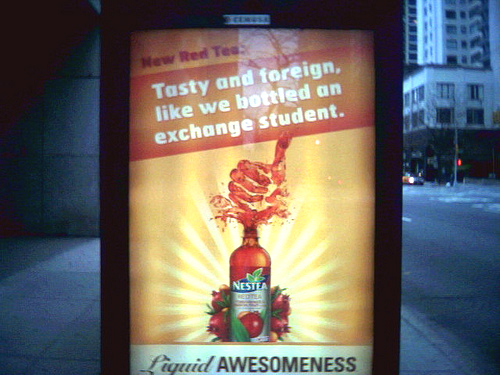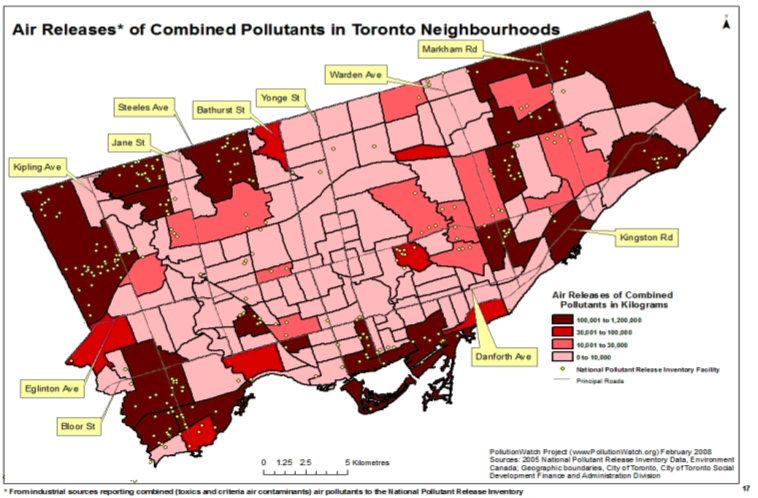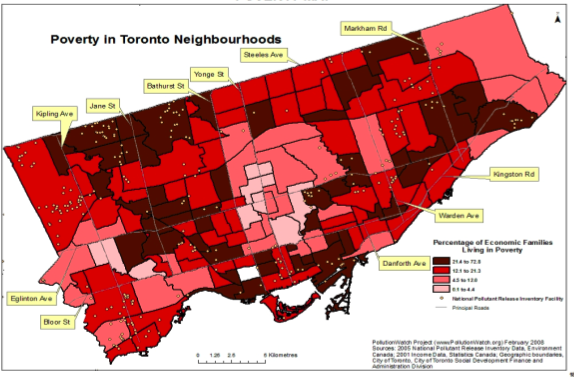A month or two ago I commented on the New York Times Upfront magazine for high school kids. I recently came across their latest, which features a cover story titled “What We Eat.” The story is really just an interesting collection of photographs of families from nations all over the world, but with each family sitting with all the food in their house.
However, although the title of the article inside the magazine is “What We Eat,” the title listed on the cover of the magazine is “What They Eat.” The picture selected for the cover is not one of the family photos, but is, instead, a photo apparently selected to elicit the maximum negative visceral response possible from American kids:
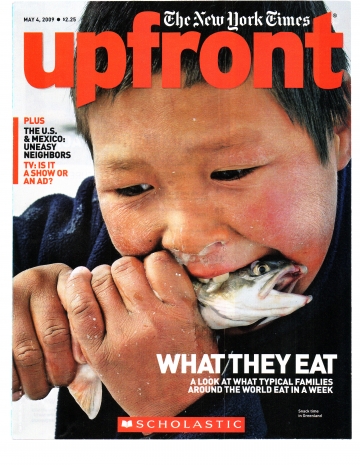
So the cover separates an “us” and a “them,” and shows the American high school students how gross and weird “they” are.
Check out the issue that preceded this one by just two or three weeks:

Here American high school students learn that people around the world with dark skin are violent, dirty, and poorly dressed.
No wonder American kids grow up to be American adults whose voting habits reflect the view that American foreign policy should be paternalistic.
——————–
Missives from Marx is an Assistant Professor of Religious Studies.
If you would like to write a post for Sociological Images, please see our Guidelines for Guest Bloggers.
Gwen Sharp is an associate professor of sociology at Nevada State College. You can follow her on Twitter at @gwensharpnv.

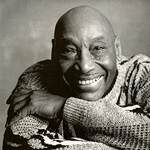 This post is dedicated to
This post is dedicated to 